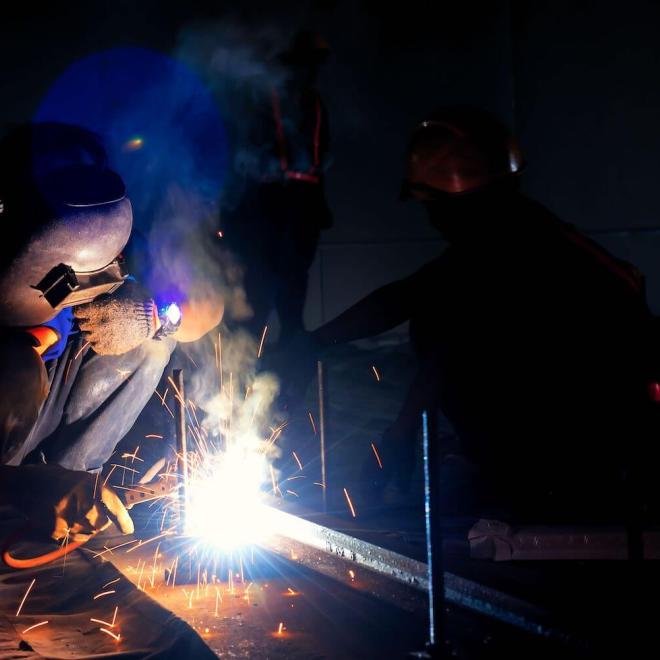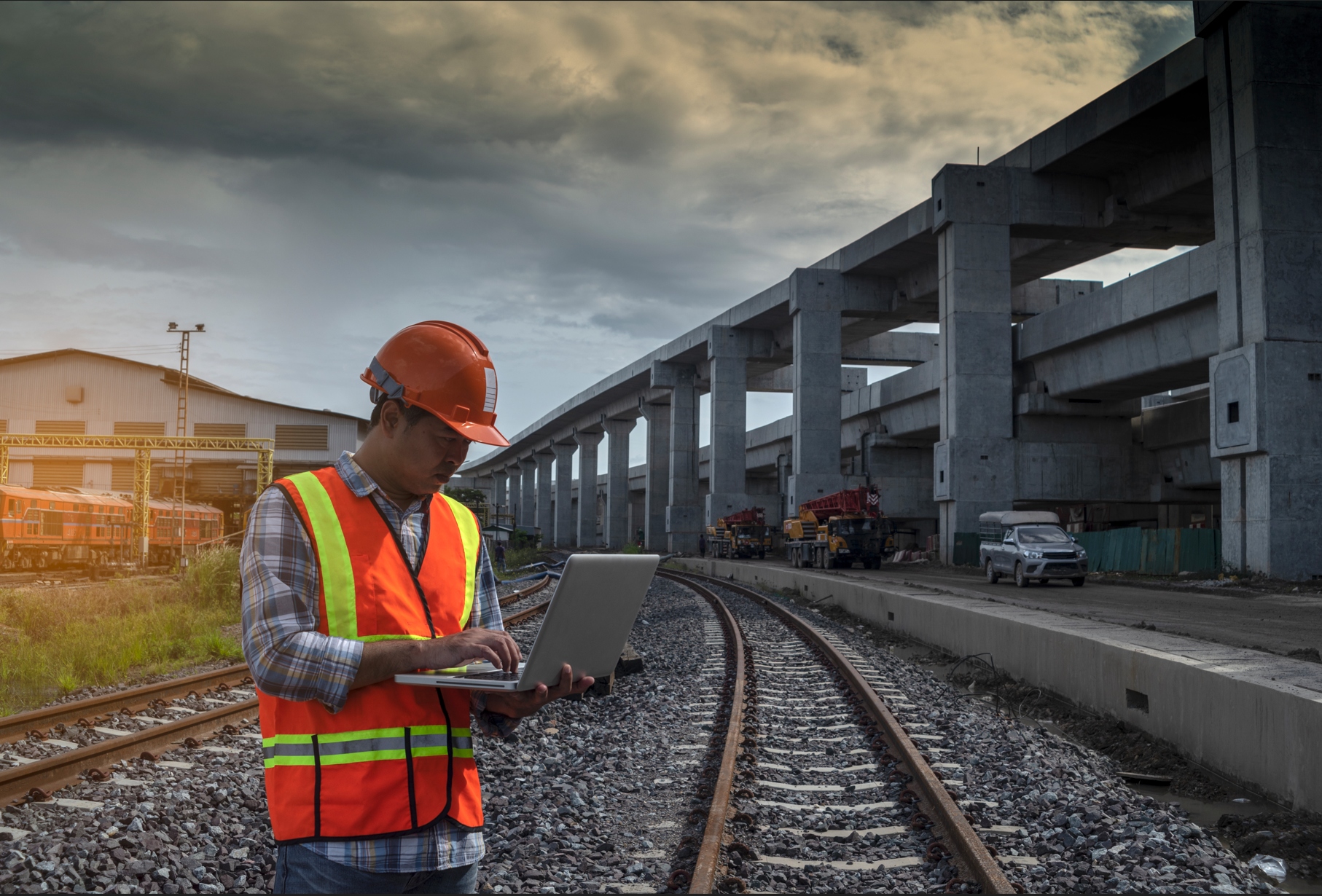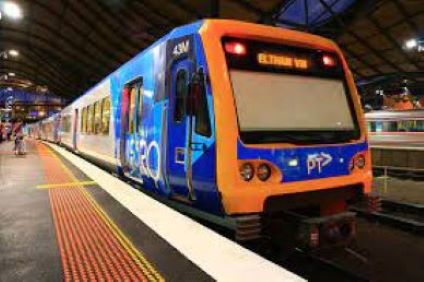Fast, safe, efficient land transport
Rail is critical to Australia’s economy.
It transports 56% of the nation’s freight and is expected to meet 72 per cent of growth in demand over the next decade.
Australian governments have committed more than $155 billion to rail projects over the next 15 years to expand and modernise rail networks.
New rail lines are connecting more people to jobs and opportunities. Advanced signalling and train control systems are creating faster, safer and more frequent services. And innovative technologies, including network management systems and real-time travel information are making travel more seamless.
Importantly, rail is playing a big part in decarbonising transport. It takes cars off the road and cuts emissions from freight.
Creating a more connected system
Australia’s rail network has evolved from separate state-based networks and private systems. Different systems and rules were adopted to suit specific conditions and circumstances.
Today Australia’s rail network includes:
- 29 networks
- 3 different railway gauges
- 11 separate signalling systems.
To accommodate these differences, training has largely been bespoke and qualifications not always recognised across borders.
At the National Rail Skills Hub, we are working with industry, government agencies, unions and the education sector to address these challenges.
We are raising the profile of rail, identifying and showcasing the wide range of jobs it has to offer, and the opportunities open for people seeking a career less ordinary.
We are working with our industry and education partners to find ways to streamline training and accreditation, so workers can move around the country according to demand, creating their own pathways to exciting and sustainable careers.

Collaborative research to improve skills development





